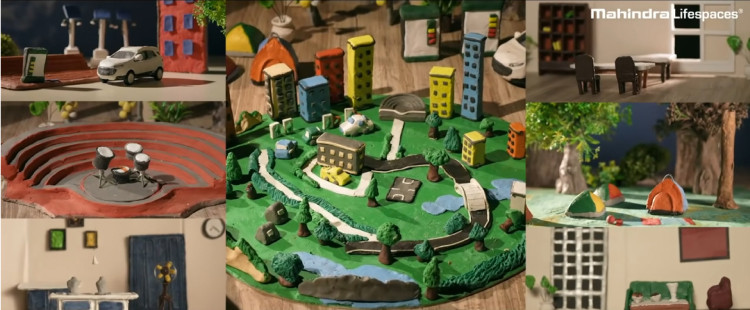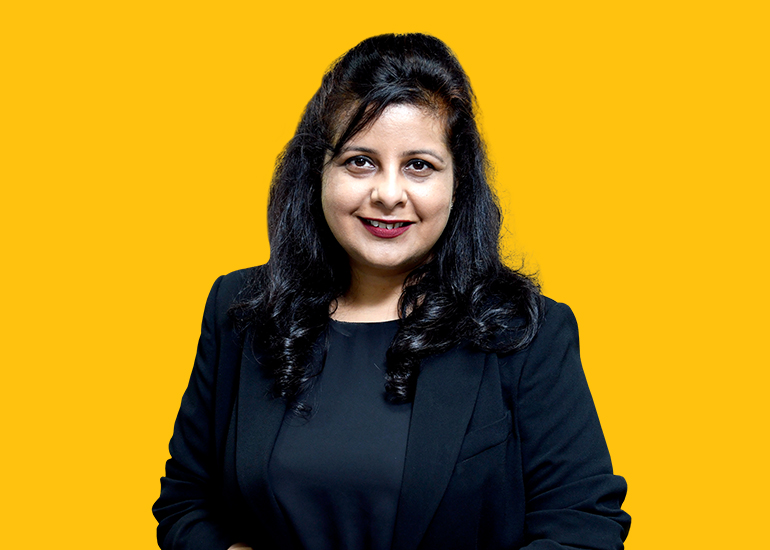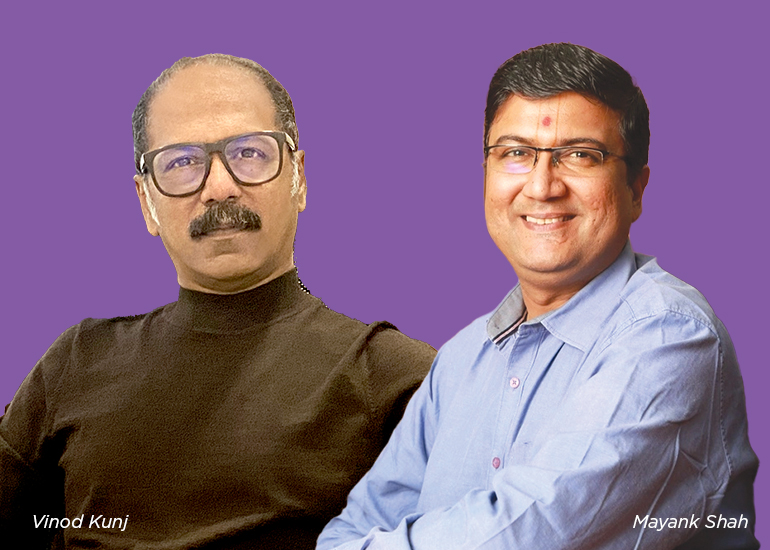Q] What was the prime objective behind introducing a new brand promise - ‘Crafting Life?’ What do you expect to achieve with it?
So, I think there are two parts to it. One is that if you look at Mahindra Lifespaces, an organisation that has been in the category for 27 years. And over a period of time, we built a fair portfolio across multiple cities and across business verticals. So, within residential, you have the value housing, you have premium housing, and then you have in the industrial side, integrated cities and industrial clusters. Now, over a period of time, as the business expanded and grew, these were established, and each of these have their own proposition. But there was no overarching promise that kind of unified the portfolio offering. And therefore, that is something that we needed to establish so that there was a certain multiplier benefit, multiplier effect, which comes when every part of the portfolio is talking about the same promise. And that’s really the second reason why we needed to have a brand promise that tied everything together.
Q] Tell us a bit about the campaign film, how was it conceptualized and what reactions have you received so far?
When we were thinking about Crafting Life and what it meant, a few things struck us. One is how much we are impacted by the space we live and work in. A home is a critical part of our life, but most of our waking life as adults is spent at work. Therefore, that environment also creates a long-lasting change in our lives. These spaces ensure we are safe, they allow our professional advancement, and there are multiple ways in which it impacts us. So, this is what crafting life is all about, and that’s what inspired us. We went through our consumer data to depict the various aspects and the multiple consumer needs in which we can craft lives. So we’ve picked some of the big ones like work-life balance, time spent with family, supportive community, impact of learning spaces on children, and showcased the same in the film. Also, the various aspects of life that we have depicted are something that we do have in Mahindra Lifespaces through multiple partnerships like tie-ups with education partners among others. Therefore, we decided we would show these in the DVC to bring alive the larger promise of crafting life.
Q] How is Mahindra Lifespaces redefining real-estate as a category? What new avenues are you exploring?
We’ve inherently believed that the spaces we live and work in, shape our lives. And there is no other product category in the world where a consumer is willing to take on a lifelong debt to own it, that’s the kind of importance real-estate as a category holds. Mahindra Lifespaces has a 100% green portfolio since 2014, that is how committed we’ve been to sustainability for a long time. For creating an impact on the lives of consumers in a city like Mumbai, we have projects with Miyawaki forest within the society. We’ve focused a lot on efficient layouts that maximise space utilisation. We’ve worked on the innovative use of common areas and spaces. So, we’ve created hobby rooms in our developments where consumers can go and take joy in their hobbies, even though they don’t have space in the home to do it, they have a space as part of their development that they can use. We’ve innovated and given solar working pods. For work from home, we’ve dedicated corners in the home. In some of our projects, we’ve created these working chairs wherein you can pedal and do some cardio while you’re working. These are the things that have happened over the last 2-3 years. We actually came to the realisation that we were already living our promise before we arrived at it. In fact, another big area of how we craft lives and how we are redefining real estate is the value-added offerings that we make. So, we have these alliances across categories, which go beyond just owning a home like the learning space as I mentioned. We also have tie-ups with e-learning platform Topper and Apollo Clinic for medical assistance.
Q] What new emerging trends are you seeing in the real-estate sector currently? Also, how is the luxury segment performing since the pandemic struck?
Overall we’ve been quite resilient, and we’ve seen business return to us. In fact, there is enough published data on how millennials who earlier thought renting was the way to go, are now buying homes for themselves. So uberization of various categories is now happening and it has been great. With people spending more time at home now, and the whole need for work from home space, etc. the importance of homeownership, and especially for well-designed and strategically located projects is reinforced, and we’ve seen a high demand there. Coming to a luxury perspective, luxury homeowners, most of them already have their own first home. Either they were upgrading because they wanted more space, given the new realities of our lives, or they were actually looking for getaway homes, which catered to their requirements of their life and work, and also a little away from the city like Alibaug, which were still accessible but gave them that distance, privacy and allowed them to continue doing what they do on a daily basis. So that is something that has improved. A large percentage of people are looking out for homes and investment opportunities in real estate. So real estate has certainly made a come-back.
Q] How much growth are you seeing in housing sales currently?
As per a recent report, there’s been a 71% YOY growth in terms of volume, number of units sold in 2021 over 2020 in the top seven cities. The second half of ‘21 has seen a huge bounce back after the lockdown. So, there is a good double-digit momentum behind it.























